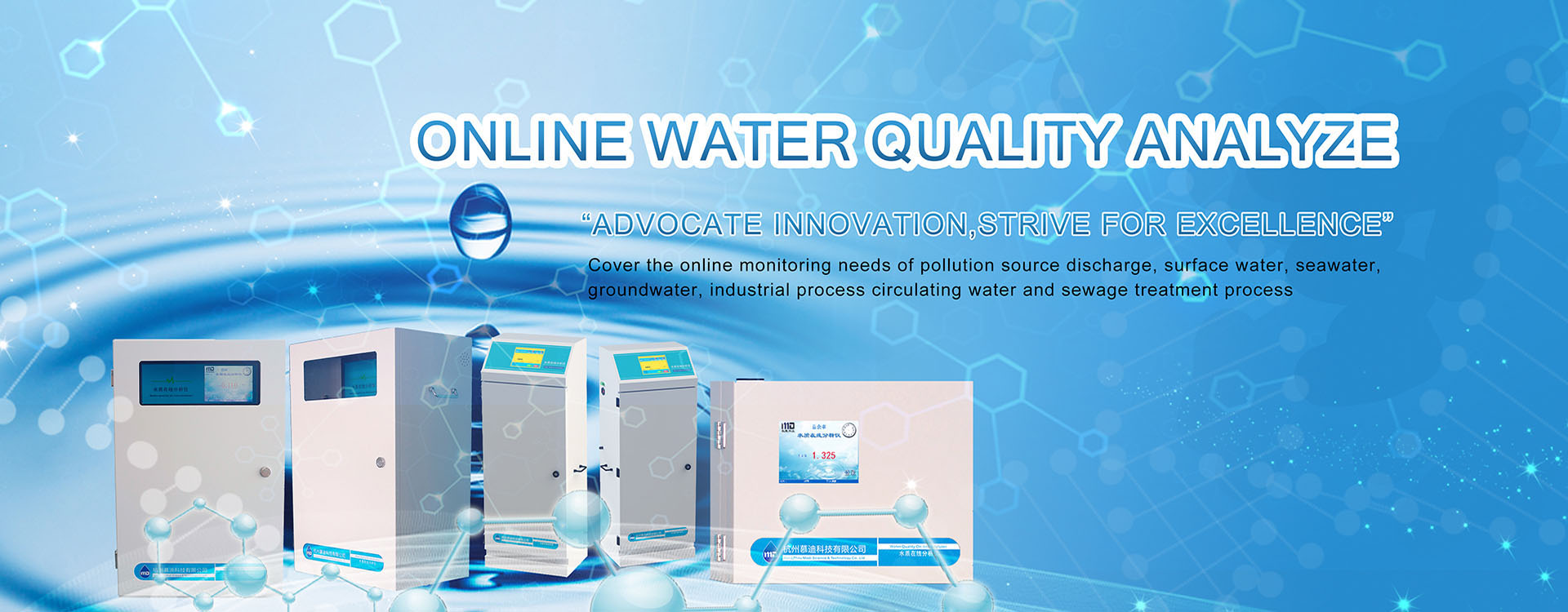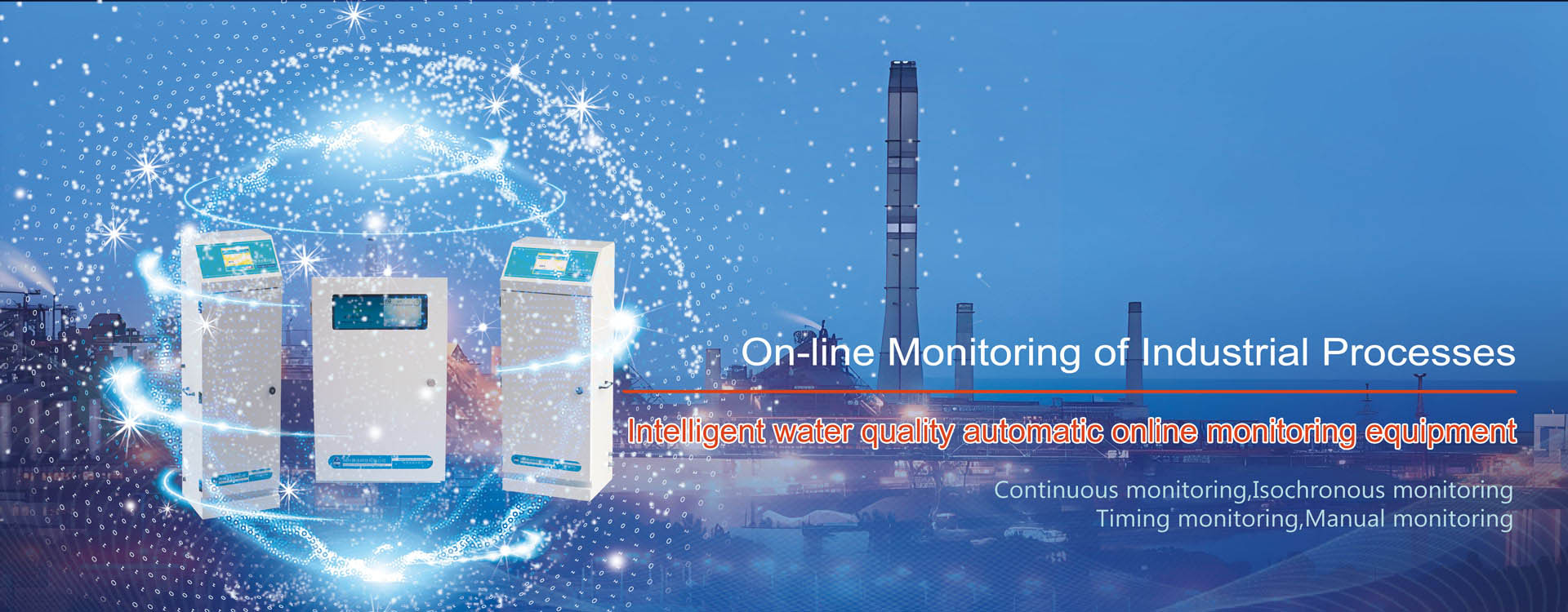In the previous chapter, we learned about the functions and process classification of industrial water. In this chapter, we will explore together with you how industrial water is classified based on its source. The classification is as follows:
1.Surface water, including runoff formed on the land surface and water stored on the surface (such as water from rivers, lakes, reservoirs, etc.);
2.Groundwater, including underground runoff or fresh water buried underground that can be utilized after extraction (such as groundwater, confined water, karst water, fissure water, etc.)
3.Tap water refers to water supplied by the urban water supply network system.
4.Seawater: The portion of seawater used by some industries in coastal cities as cooling water sources or for other purposes (Note: Urban sewage reuse water and seawater are part of the water source, but currently these two types of water are not evaluated and are not included in the water intake volume. Only the usage volume is indicated for reference).
5.Urban sewage reuse water refers to the portion of urban sewage that has been treated to meet the water quality standards for industrial use and then reused in industrial production.
6.Other water: Some enterprises use water other than the above-mentioned types of water as their water source based on their specific conditions, which is called other water.
If industrial water is to be tested, a water quality analyzer is needed. Hangzhou Modi is a manufacturer of online water quality testing instruments, which can be used for medical wastewater monitoring, online drinking water monitoring, process water monitoring, etc.




